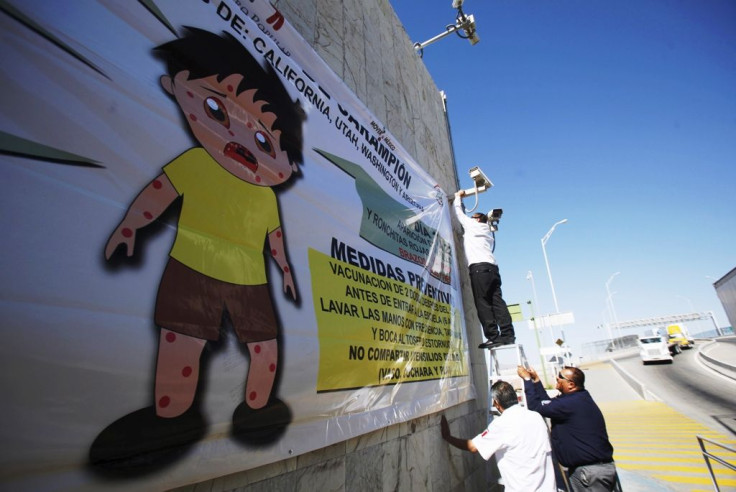Measles vs. Chicken Pox: Symptoms, How They Differ And What To Do

Measles and chicken pox are one of the most common diseases children get. Although measles and chicken pox have certain similarities, they are caused by two different viruses — “paramyxo virus” and “varicella zoster virus” respectively. Both the viruses result in a rash that looks different.
Measles and chicken pox both are contagious and often spread through coughing and sneezing or even coming in contact with an infected person. However, a person vaccinated against measles is highly unlikely to get the disease. The case is not same with chicken pox.
Symptoms
Symptoms for measles include a splotch rash, high fever, cough, sore throat, white spots, runny nose, soggy eyes and body ache. A person with chicken pox has symptoms that include high fever, skin rash, appetite loss, red or pink bumps on the body, headache and tiredness.
Duration
The duration of measles and chicken pox differ. Few days after a rash appears on the body, a person with chicken pox is likely to feel a lot less sick compared to those down with measles. Chicken pox patients are likely to have mild stomach discomfort, irritability or have trouble with itching. Their fever and other viral symptoms gradually begin to reduce.
However, in the case of measles, people feel sick for a longer time and suffer from fever, fatigue and achiness as well as coughing, runny nose, and watery eyes.
Treatment
Treatments for measles and chicken pox are more or less the same. People suffering from the diseases are often recommended complete bed rest, hydration with consumption of seasonal juices, and, most importantly, are advised against scratching the skin.
While those down with measles are advised to drink lots of water and incorporate Vitamin A in the diet, people with chickenpox are told to take lukewarm baths, apply unscented lotion and wear lightweight and soft clothes.



























